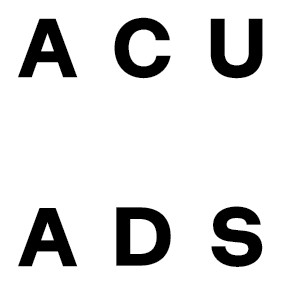The politics and poetics of race and identity in the canon of Australian colonial art remains contentious. This paper examines the role of cultural curation in the construction of the national narrative and raises questions in relation to the appetite and capacity of public art galleries for de-colonising the archive. Institutional curatorial presentations of benign colonial encounters risk naturalising the settler narrative. Displays that include negative stereotypical depictions of Aboriginal peoples transmit colonial notions of race in which the colonised are framed as unequal, needy and under-civilised. Stereotypes are reductive and often deeply embedded in historical (mis)representation masquerading as cultural knowledge. Without counterpoint, such presentations suggest an entrenched institutional conservatism built on a white-self-representative-colonial substructure. At their extremes, stereotypes can bolster psychological barriers to reconciliation. This paper argues the need for curatorial approaches that engage academic research. Aspects of the recent re-hang of the Australian art collection at the Art Gallery of South Australia (AGSA) are examined to identify trends in contemporary museum curatorial practice. With over one million annual visitors AGSA is significant to the cultural ecology of the state. This paper considers the (lost) potential impact of inter-disciplinary academic research on institutional cultural curation. It reflects on how the archive might be activated to enable complex narratives that destabilise colonial structures; negotiate the dialectic of (un)belonging; and, unsettle ideas of otherness.
Enduring settler-colonial narratives: interdisciplinary approaches to cultural curation
Yusuf Hayat (University of South Australia)
2019 Conference
